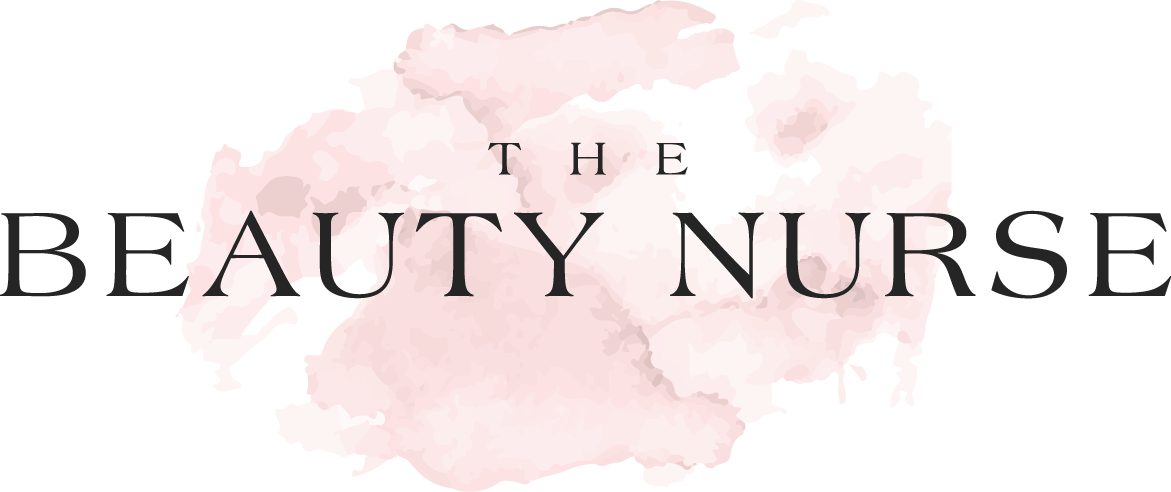Oil Cleansing
Myth: If your face is naturally oily, you probably shouldn’t be using an oil cleanser.
Fact: A good oil cleanser will remove the bad oil from your face.
I have a confession. You may call me resourceful after you hear it, or you may call me crazy. In truth, I am both. But that is not my confession.
Here is my confession:
You know the toilet seat parchment paper you find in some public restrooms? I’ve used that on my face. I know. I know. It sounds bad. But really, if you think about it, that parchment paper works the same way as Neutrogena oil pads. Flashback six years ago and you’d find me making a beeline to the public restroom to find back up oil pads to alleviate my face from the grease that was dripping down my cheeks. Just kidding, the grease wasn’t dripping. It was close to dripping. There is a difference.
I can proudly say that now I only run to the restroom if I have to pee—not because I need to fix my face. Many of you know that blemish free skin is the result of many lifestyle choices. One of those choices for me was oil cleansing. You heard it right. I actually use oil to wash my face. It sounds like a serious juxtaposition, but the truth is that oil cleansing has made a huge impact on my face for the better.
Let’s break this whole oil cleansing routine up.
Who are good candidates for oil cleansing?
Oil cleansing is not a solution for acne, but something to try in addition to your day and nighttime skincare routine if your face is naturally oily; you want to remove your makeup; you want radiant skin.
Like any routine or treatment, it can’t hurt to consult with a trusted skin care professional. Click here to email me for consultations.
Why oil cleansing?
Oil cleansing dissolves and gets rid of dirt and impurities from the skin. It works as a makeup remover as well as a dirt remover. It can remove issues like dryness, blackheads, whiteheads, and even oily skin if you can believe it. Oil helps to control your (sometimes overabundant) natural oil production.
What oils do I use?
Most ingredients in oil-based cleansers are made from plants, which means no harmful chemicals or abrasive exfoliants. Depending on the product and the effects desired, cleansing oils usually contain a mixture of botanical oils (olive, sunflower, sesame, safflower, almond, grape seed), extracts (green tea, jasmine) and/or vitamins (vitamin E and C).
Keep your eye out for certain essential oils — jojoba oil, almond oil, grapeseed oil, sunflower seed oil, safflower oil and others — which are filled with calming vitamins and antioxidants. These vitamins and antioxidants fight blemishes.
Jojoba oil is considered the best oil cleanser base for all skin types but is especially effective on acne-prone skin.
Sweet almond oil and grapeseed oil are appropriate for all skin types as well but are particularly appropriate for those with oily skin.
People with aging or dry skin will want to choose cleansers containing olive oil, argan oil or tamanu oil.
Be sure to avoid any blend that contains coconut oil, as this is a comedogenic ingredient, meaning it will clog your pores and lead to blemishes.
When trying any new oil types on your skin, it’s a good idea to test the oil on an area other than your face, like your forearm. You can apply the oil for a few hours or more before using it on your face and watch for a red, bumpy, and possibly itchy rash.
My personal favorite cleansing oil that I have purchases time and time again (not sponsored) is the One Love Organics Vitamin B Enzyme Cleansing Oil. They have recently just come out with their new formulation of the Oil Cleanser and it’s now available in a solid form which I love! Especially for travel.
How do I do it?
You will need your preferred oil cleanser, a washcloth (I prefer bamboo washcloths) and some warm water.
Step 1: Gently massage a small amount of cleansing oil into your face. Allow the oil to seep into the skin to clear away dirt, debris and dead skin cells for about 30 seconds to two minutes.
Step 2: Run a clean, dry washcloth under warm water and place it over your face for 10 seconds to create a steaming sensation that will help loosen debris (dry skin and dirt). This is sometimes called the steam-cleansing method or hot cloth cleansing. Hot cloth cleansing softens the skin and ignites circulation.
Step 3: Use the cloth to wipe away the cleanser and debris. Don’t forget to use a new washcloth each time you cleanse, otherwise you run the risk of putting bacteria onto your face.
Step 4: Follow up the oil cleansing with a gentle cleanser. I use ZO Skin Health Exfoliating Cleanser if I am dealing with more acne, or their Gentle Cleanser, which can be found here.
What should I expect?
You might break out. You probably WILL break out. Don’t fret. This is actually a good thing, because your skin is detoxing. The dirt and impurities in your pores are finally loosening up and being released. A detox reaction can last for several days or up to 2 weeks of oil cleansing. My chin broke out for some time during the detox period, but eventually found its equilibrium. Now my skin feels hydrated and radiant, and yours will too.
Oil cleansing isn’t for everyone and it’s certainly not the only thing you should have in your skincare routine. With that said, it is worth a try. Why not? What if it’s the answer you’ve been looking for?
Shine on beauties. Shine on.


